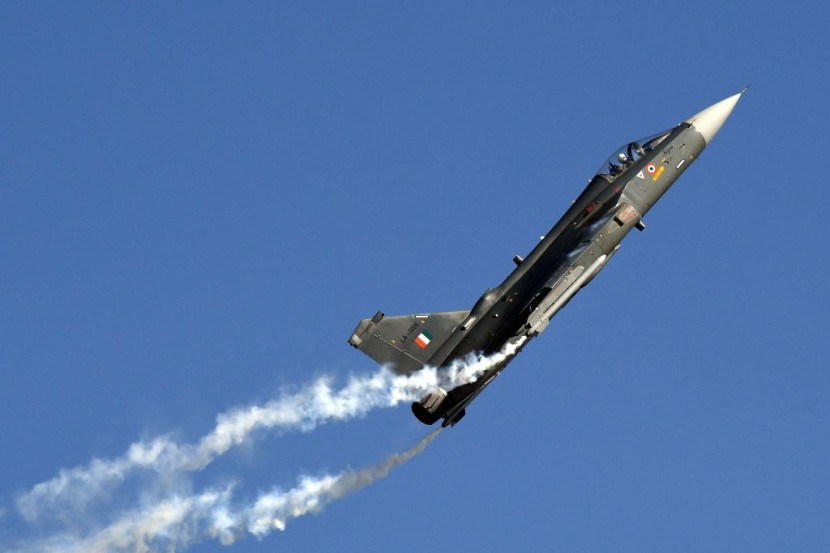
The FLIT-TEJAS, despite the Korean claims that the Malaysian Air Force is settled on the FA-50, is not final yet. The sale of 18 jets, which are light combat trainer aircraft, is a component of the deal, but Seoul claims to have secured it.
Asian Manufacturers Compete
According to a Korean Aerospace Industries official referenced by SBS News on September 13, discussions for the sale of 18 FA-50 aircraft to Malaysia, valued at 1 trillion won, seem to be about to start, reported Indian Defense News.
SBS noted that the cumulative export volume of FA-50s to Poland and Malaysia, including T-50 training aircraft of the same type, is greater than the total export volume of FA-50s in the past. Poland chose to buy 48 FA-50 from KAI.
The news source adds that KAI is collaborating to update the FA-50's air-to-air armament and implement the cutting-edge AESA radar for the Korean supersonic combatant KF-21.
The Malaysian Air Force did not endorse a claim made by the KAI official, and Indian officials characterized it as based on conjecture. It said that the contract is expected to be completed if the current administration wins the upcoming elections.
In Malaysia, early general elections are predicted to be held even before the current Parliament's term is up in July 2023. Korea's Defense Acquisition Program Administration (DAPA) disputed the reports, but even so.
TheFLIT-TEJAS deal
As a portion of the FLIT-TEJAS (Lead In Trainer-Light Combat Aircraft) program, the Malaysian Air Force has decided to release an RFP for 18 jets.
Based on the Capability Development 2055 policy of the Royal Malaysian Air Force (RMAF), Malaysia's TEJAS project aims to purchase 18 light combat aircraft now and an additional 18 jets in 2025, noted the Financial Express.
Korea and KAI agreed to receive up to 50% of the compensation in palm oil and related items should they be chosen for the light fighter tender approximately four months ago.
Korea initially opposed the idea but was forced to alter its mind after India, Pakistan, and Russia-the other bidders to the Malaysian precondition.
By now, three of these nations trade palm oil from Malaysia. In other words, because FA-50 did not accept the payment option for palm oil, it was probable that this would be withdrawn.
Another concern is that the FA-50 lacks a devoted 300-gallon conformal tank. The FA-50 does not have a receptive conformal tank or an aerial refueling device. As previously stated, the FA-50 will not be fitted with an AESA or a Beyond Visual Range missile.
HAL, on the other hand, is already working on integrating the Indian Uttam AESA radar into the TEJAS. Moreover, TEJAS is the world's only airplane that has been evaluated with defense systems from several countries.
The final assembly lines will be built in Malaysia by KAI and HAL. In this regard, HAL has an advantage over KAI because it can service Malaysian Air Force Su-30 aircraft of Russian origin. The FLIT-TEJAS for the Malaysian Air Force has advantages over the FA-50; in many sectors, the HAL LCA is a good platform.
Related Article: Indian Air Force Sets 2027 as Deadline for the Complete Flight Testing of Tejas-Mk2
© 2025 HNGN, All rights reserved. Do not reproduce without permission.








